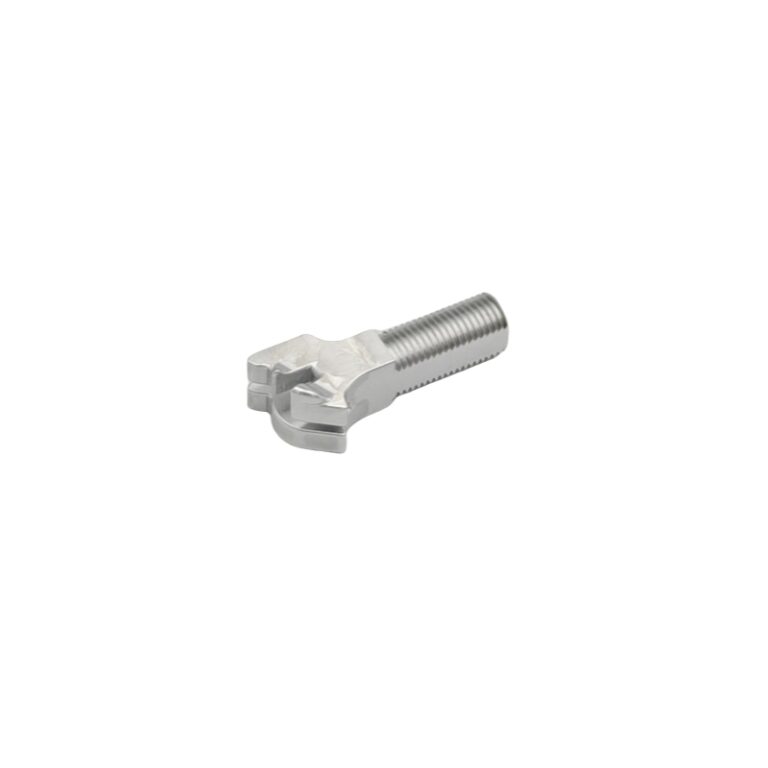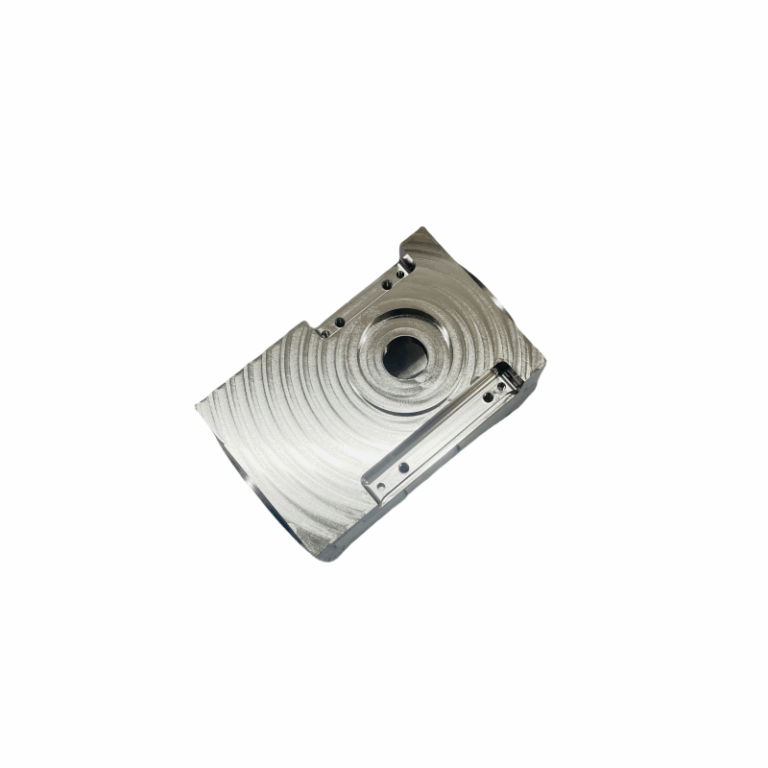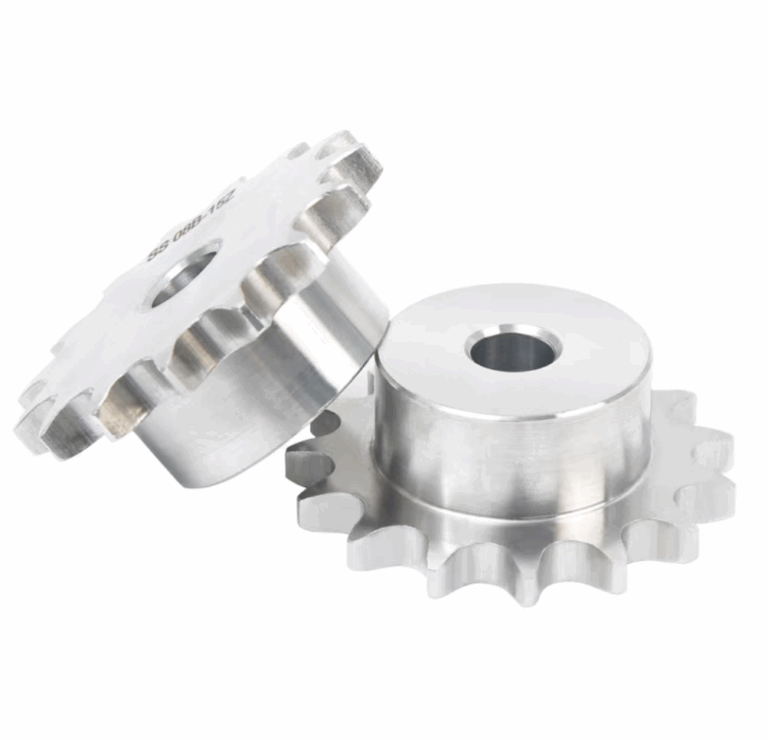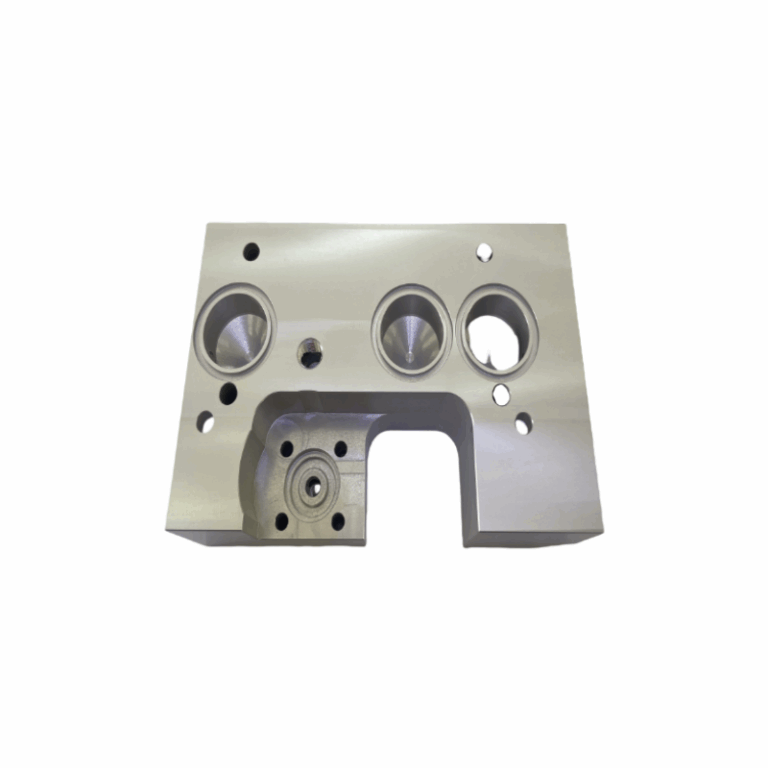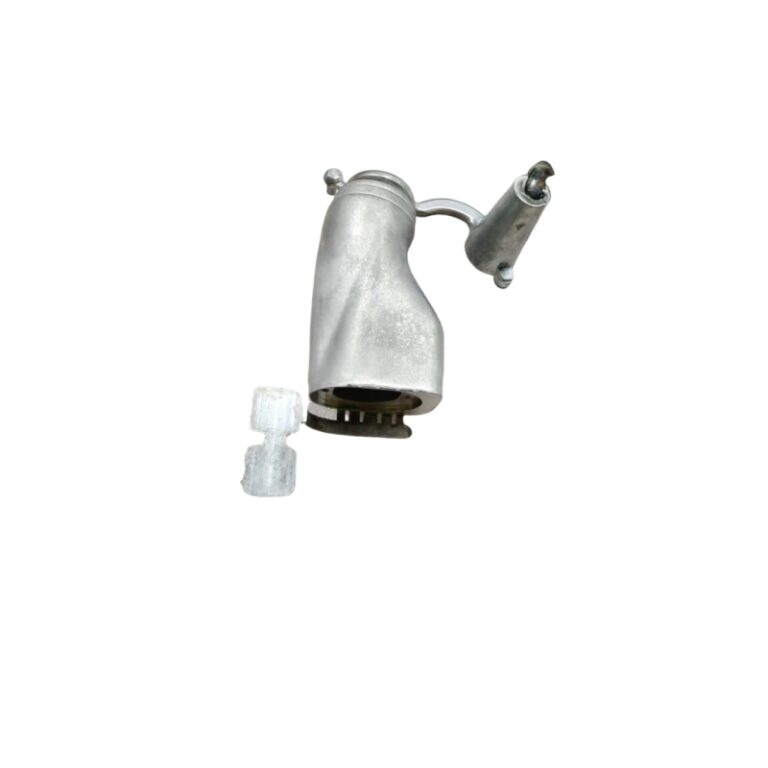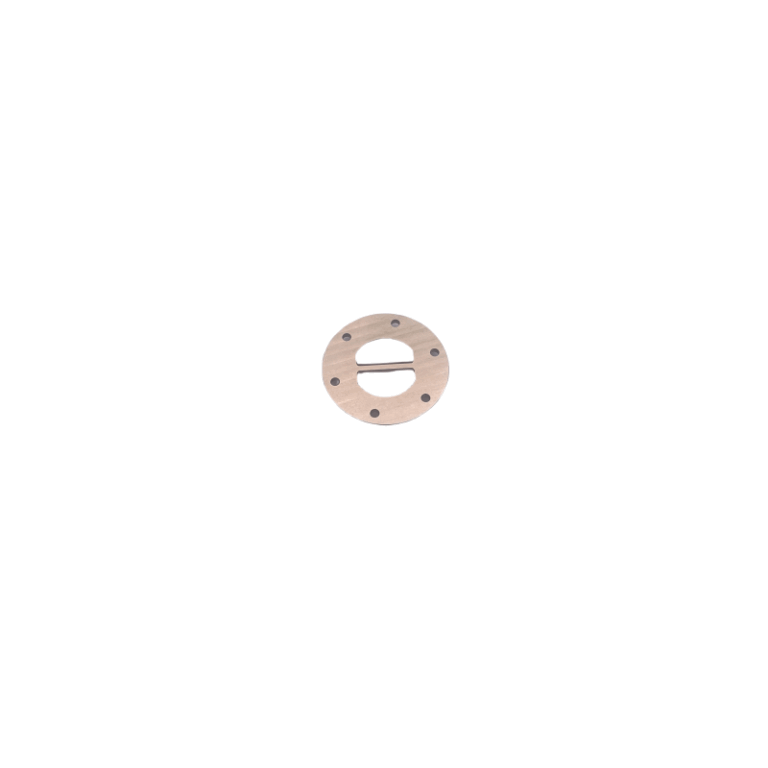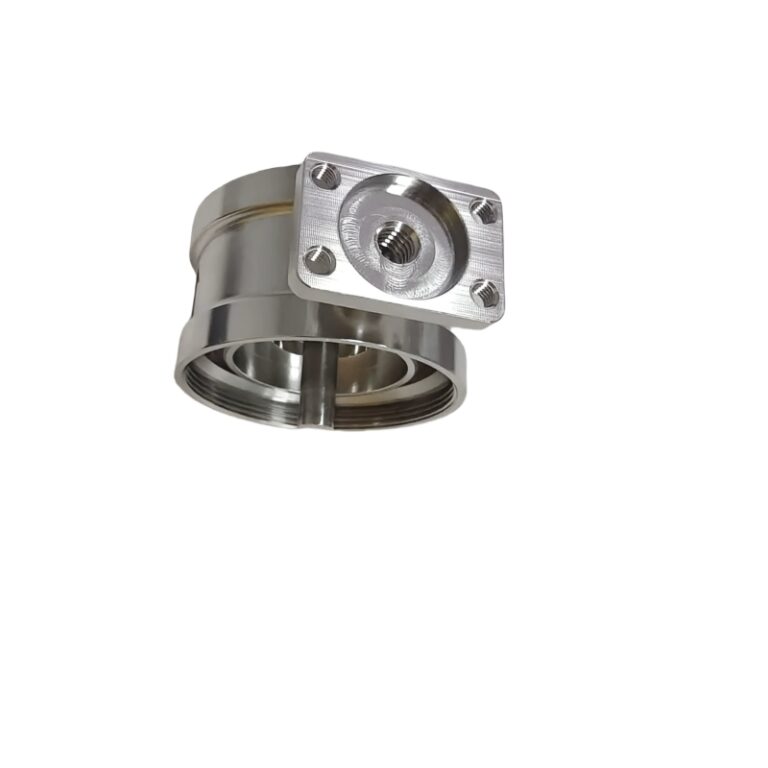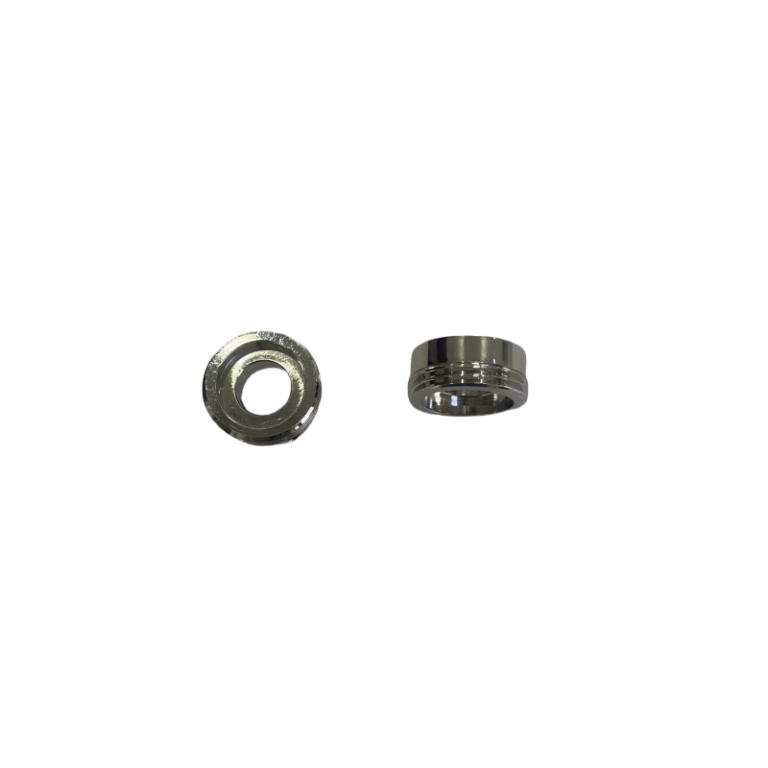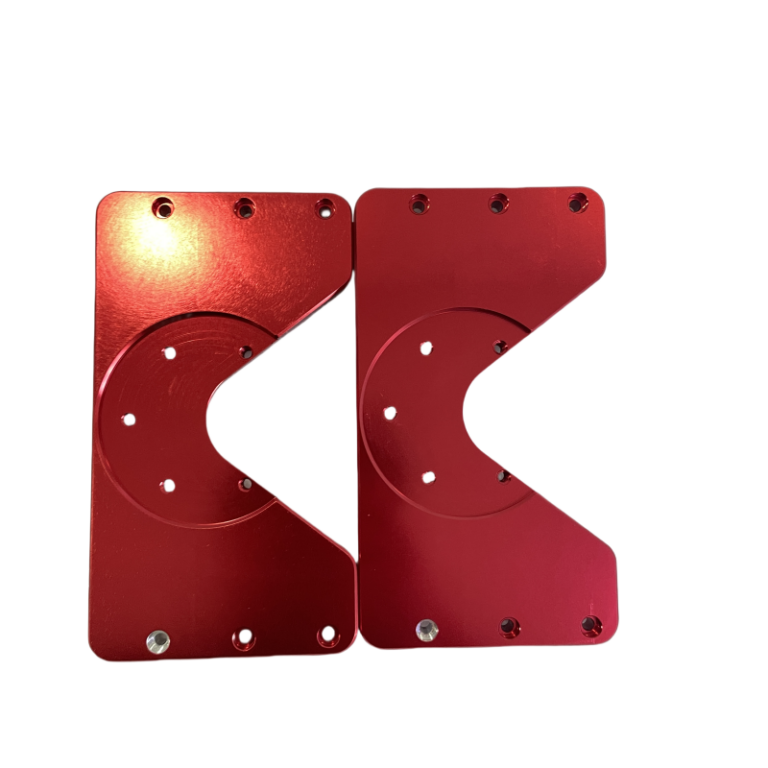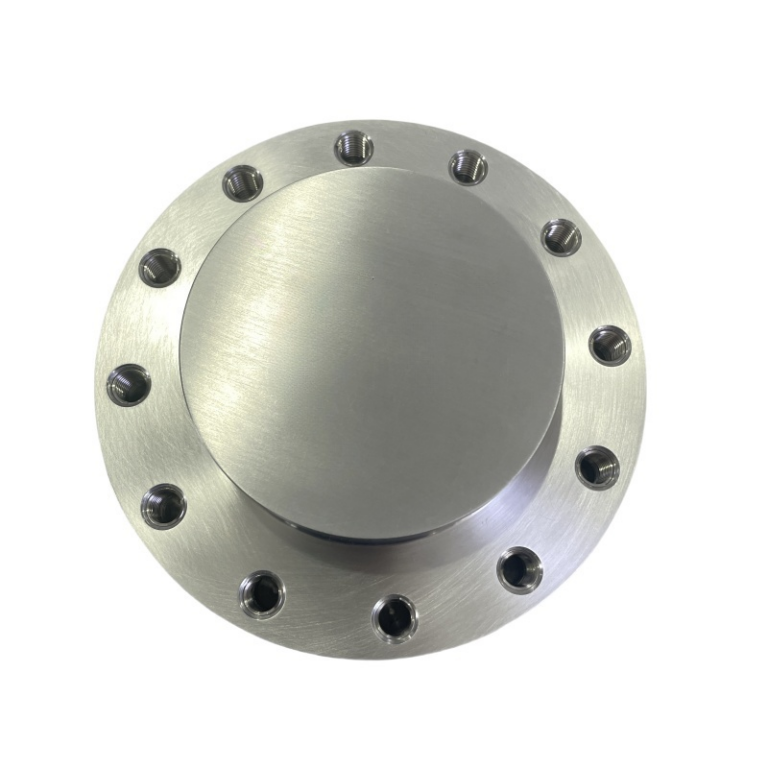Metal fasteners are indispensable connecting elements in mechanical manufacturing, construction engineering, the automotive industry, aerospace, etc. Their function is to firmly fix two or more parts together to ensure the stability and safety of the structure. Different application scenarios require different types of fasteners, so it is important to understand the characteristics, materials, surface treatment, and applicable environment of various fasteners.
This guide will comprehensively introduce the types, materials, surface treatment methods, installation tools, and selection recommendations of metal fasteners to help engineers and technicians choose suitable fasteners.
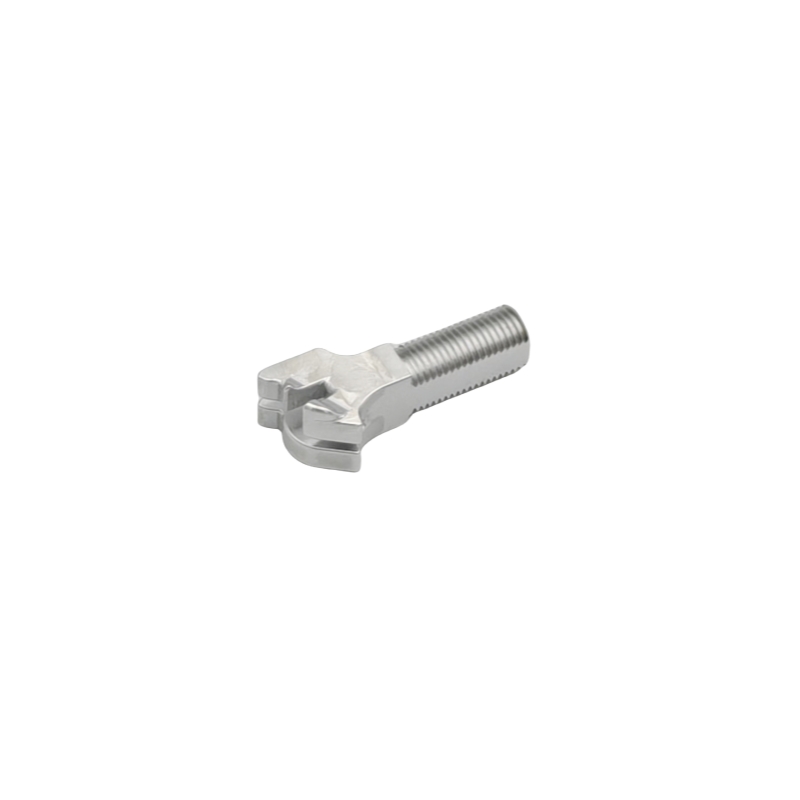
Classification of metal fasteners
Metal fasteners can be classified according to connection method, function, material, etc. The ordinary classification methods are as follows:
(1) Classification by connection method
Threaded fasteners: such as bolts, screws, nuts, etc., are used in almost all mechanical equipment and are one of the most important technologies to ensure the reliability of mechanical systems.
(2) Classification by function
Fixed fasteners: such as bolts, screws, and nuts, are mainly used for fixation and connection.
Locking fasteners, such as pins and keys, are used for precise positioning or torque transmission.
Anti-loosening fasteners, such as nylon locking nuts and spring washers, prevent loosening caused by vibration.
(3) Classification by material
Carbon steel fasteners: economical and practical, and good processing performance, suitable for general industry.
Stainless steel fasteners: corrosion-resistant, high strength, and good impact resistance, suitable for outdoor or humid environments.
Alloy steel fasteners: high strength, wear resistance, suitable for heavy-duty structures.
Non-ferrous metal fasteners (such as copper, aluminum, and titanium): used in special environments such as conductive, lightweight, or high-temperature applications.
Detailed explanation of threaded fasteners
Threaded fasteners are the most common types, mainly including bolts, screws, nuts, studs, washers, and threaded rods.
(1) Bolts
Bolts are types of fasteners made of a head and a screw, usually used in connecting nuts and fastening two parts with through holes. They are suitable for detachable connections. Common types include:
Hexagonal head bolts: Also called Allen Bolts, they are standard bolts and are suitable for most mechanical connections.
Flange bolts: with integrated washers to increase the contact surface and prevent loosening.
Carriage bolts: dome head + square neck to prevent rotation, suitable for wood or metal frames.
U-bolts: used to fix pipes or cylindrical objects.
(2) Screws
Screws are usually screwed directly into the threaded holes of the connected parts without the need for additional nuts. Common types include:
Mechanical screws: full thread, used for high-precision mechanical assembly.
Self-tapping screws: can cut threads by themselves, suitable for thin plates or plastics.
Wood screws: pointed design, used for wood connection.
Self-drilling screws: with drill tip, no pre-drilling required, suitable for steel structures.
(3) Nuts
Nuts are used in conjunction with bolts. Common types include:
Hexagonal nuts: standard type, strong versatility.
Nylon locking nuts: built-in nylon ring, good anti-loosening effect.
Cover nuts: It is a hexagonal nut with a cap, is aesthetically pleasing, and protects the end of the thread.
Wing nuts: Nut with two side wings, tightened by hand, no tools needed, suitable for quick disassembly and assembly.
(4) Threaded rods (studs)
Threaded rods have threads on both ends and are usually used to fix large structures or in situations where the length needs to be adjusted, such as building anchors, pipe supports, etc.
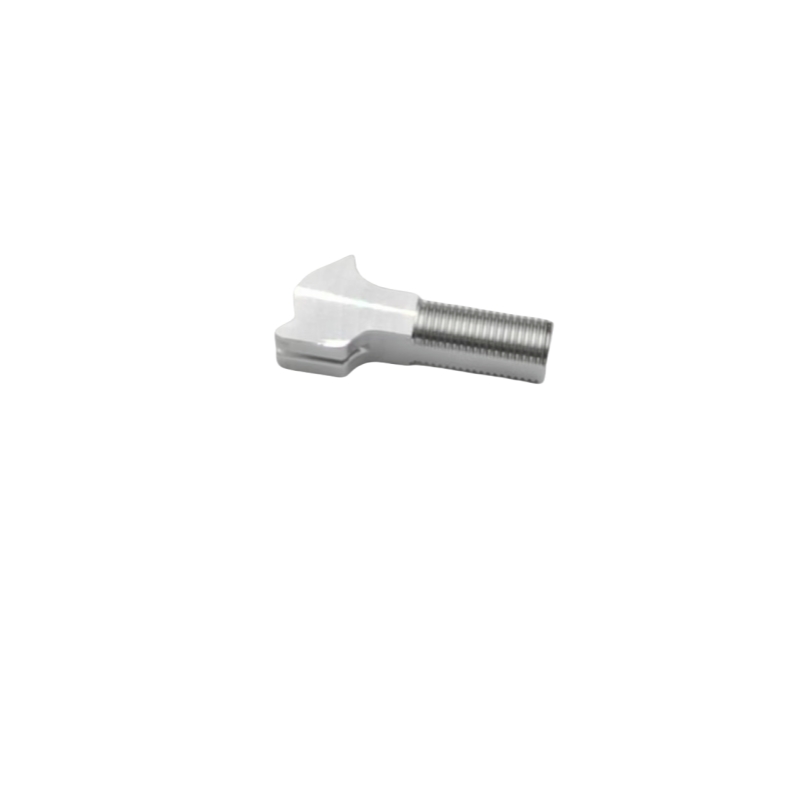
Detailed explanation of non-threaded fasteners
Non-threaded fasteners do not require threads to secure, they include latches, pins, axis pins, expansion pins, snap rings, etc.
(1) Rivets
Rivets are used for permanent connections. Common types include:
Solid rivets: Traditional rivets need to be deformed and fixed by hammering.
Blind rivets (pull rivets): single-sided installation, suitable for occasions where double-sided operation is not possible.
Tubular rivets: hollow structure, suitable for light-load connections.
(2) Pins
Pins are used for positioning or fixing. Common types include:
Cylindrical pins: used for precise alignment.
Tapered pins: adjustable centering accuracy.
Split pins: anti-loosening function, often used to prevent bolts from falling off.
(3) Washers
Washers are commonly used as small components in mechanical connections. They are used to distribute pressure, prevent looseness, provide safety protection, or insulate. Common types include:
Flat washers: increase contact area and prevent compression loss.
Spring washers: anti-loosening, suitable for vibration environments.
Insulating washers: used for electrical isolation.
(4) Keys and splines
Keys are used to transmit torque. Common types include:
Flat keys: standard keys, used as a bridge between shafts and hubs.
Splines: multi-tooth structure, suitable for high torque transmission.
Special-purpose fasteners
Some application scenarios require specially designed fasteners, such as:
High-strength fasteners: refer to metal products used to connect and fix components in the engineering field and used for heavy-duty structures and buildings, and automobile Manufacturing. They are important tools for ensuring the stability and safety of components and parts.
Anti-loosening fasteners, such as double nuts, lock nuts, countertop nuts, and thread adhesives, to prevent loosening due to vibration.
Insulating fasteners: used in electrical equipment to protect safety and prevent short circuits.
Corrosion-resistant fasteners, such as stainless steel or galvanized fasteners, are suitable for marine or chemical environments.
Fastener material selection guide
Material Characteristics: Typical applications
Carbon steel Economical, high-strength General machinery, construction
Stainless steel, Corrosion resistance, Food machinery, outdoor equipment
Alloy steel Ultra-high strength Automobile, aviation
Brass Conductive, corrosion-resistant Electrical equipment
Titanium alloy: Lightweight, high-temperature resistant, Aerospace
Surface treatment of fasteners
Surface treatment can improve the durability, corrosion resistance, wear resistance, aesthetics, service life, and other special function requirements of fasteners. Common methods include:
Galvanizing: rust-proof, suitable for outdoor use.
Nickel plating: beautiful and corrosion-resistant.
Blackening: rust-proof, suitable for tools.
Dacromet coating: It is a high-tech coating in the world now. With high corrosion resistance and chemical resistance, they’re suitable for the automotive industry.
- Tools for installing and removing fasteners
Wrenches (open-end wrenches, box wrenches, socket wrenches)
Screwdrivers (slotted, cross, hexagonal)
Power tools (impact wrenches, electric drills)
Rivet guns (for installing rivets)
Common application scenarios and selection recommendations
Construction industry: high-strength bolts + anti-loosening washers.
Automobile manufacturing: self-tapping screws + corrosion-resistant coatings.
Electronic equipment: insulating fasteners + anti-static treatment.
Aerospace: titanium alloy fasteners + high-precision threads.
Summary
There are many types of metal fasteners. Selecting a suitable fastener requires considering factors such as load, environment, material, installation method, and compatibility with other assemblies. This guide covers the main types of fasteners and their applications, which can be used as a reference for selection. Correct selection of fasteners can not only improve structural stability but also extend equipment life and reduce maintenance costs.

